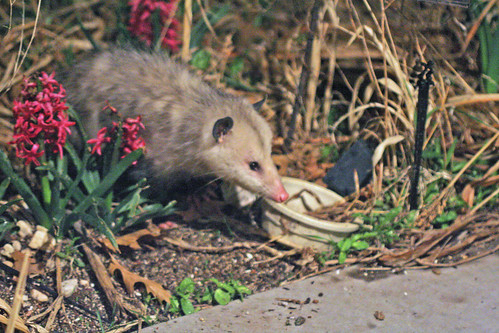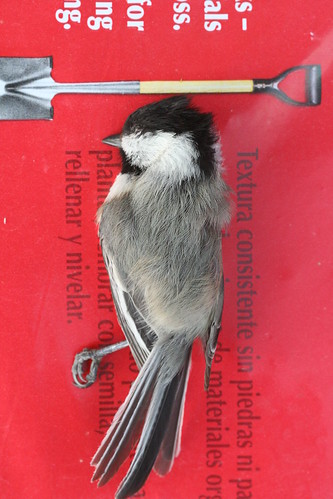Ann Coulter whose previous forays into science have included such insightful critiques of evolution as the
giant raccoon passing gas analysis of evolutionary theory has struck again. Apparently she has decided that we need not worry about radiation from Japan.
She bases her argument on a controversial idea called
hormesis. The basic idea of hormesis is that certain environmental pollutants be they PCBs or ionizing radiation are harmful until you get to low dosages which mysteriously become beneficial. Proponents of this idea point to studies from a wide range of organisms that suggest that the phenomenon may indeed exist. But to argue as Coulter seems to that this means that government radiation safety levels are somehow useless seems to me to be the height of stupidity.
A bit of Coulter's reasoning can be seen in this quote from her article:
http://news.yahoo.com/s/ucac/20110317/cm_ucac/aglowingreportonradiation
"I guess good radiation stories are not as exciting as news anchors warning of mutant humans and scary nuclear power plants -- news anchors who, by the way, have injected small amounts of poison into their foreheads to stave off wrinkles. Which is to say: The general theory that small amounts of toxins can be healthy is widely accepted --except in the case of radiation.
Every day Americans pop multivitamins containing trace amount of zinc, magnesium, selenium, copper, manganese, chromium, molybdenum, nickel, boron -- all poisons."
So would she then argue that more is better? In the radiation case it may well be that DNA repair mechanisms are activated by low levels of radiation but that is precisely in response to the harmful effects of DNA, not because the radiation is beneficial.
A good critique of Coulter's ideas is at PZ Myer's blog: http://scienceblogs.com/pharyngula/2011/03/will_radiation_hormesis_protec.php
Coulter by the way, is an alumna of Cornell University which goes to show that you can show a person to how to think but you can't make them think.

